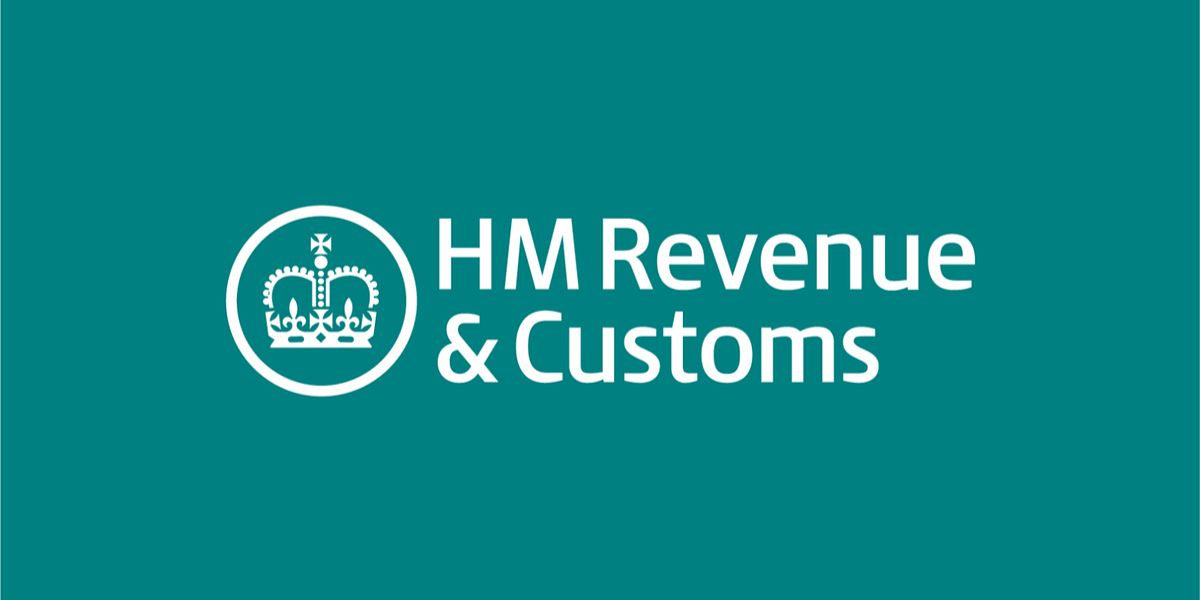HMRC’s latest guidance on the application of the General Anti-Abuse Rule (GAAR) was approved by the GAAR Advisory Panel on 15 April 2013. This guidance summarizes what the GAAR is intended to achieve and how it operates to arrive at this objective. The Guidance is also intended to serve as a help in interpreting and applying the GAAR. HMRC and the Advisory Panel are to keep this guidance under review and update it as necessary.
The GAAR intends to put a limit on the lengths to which taxpayers may go in order to reduce their tax liability. If the arrangements put in place by the taxpayer exceed anything that may be considered a reasonable course of action they may be considered to have gone beyond what is permitted and would be covered by the GAAR. The measure aims to deter taxpayers from setting up abusive arrangements and to deter promoters from promoting the arrangements to taxpayers or their advisers.
Where a taxpayer goes ahead with an abusive arrangement that comes within the scope of the GAAR, the consequence would be a tax adjustment to cancel out the tax advantage from the abusive arrangement. The GAAR would work independently of the more specific, targeted anti-avoidance rules that already form part of the tax legislation. The GAAR is intended to operate in situations where abusive schemes would not be caught by specific anti-avoidance rules.
The GAAR applies to tax arrangements which are abusive and which lead to a tax advantage as the main purpose or one of the main purposes. The GAAR would apply when arrangements engaged in by the taxpayer lead to an advantage that was not intended by Parliament when it introduced the relevant tax rules and where the arrangements in question cannot be “reasonably” regarded as reasonable. This “double reasonableness” test allows for the possibility that there are some arrangements that would be regarded as reasonable by some people but as unreasonable by others. Under the legislation HMRC would need to show that it would not be reasonable to hold the view that the arrangement put in place by the taxpayer was a reasonable course of action.
Other safeguards for the taxpayer include the requirement for HMRC to show that the arrangements are abusive and the requirement for HMRC to obtain the opinion of an independent advisory panel as to whether or not the arrangement constituted a reasonable course of action before they could apply the GAAR. A Court or tribunal would be permitted to take into account relevant material in relation to the purpose of the legislation in question or relating to the type of transactions that were established practice at the time when the taxpayer set up the arrangements.
The GAAR will take effect in relation to any arrangements that a taxpayer enters into on or after the date when the Finance Bill 2013 becomes law.


















